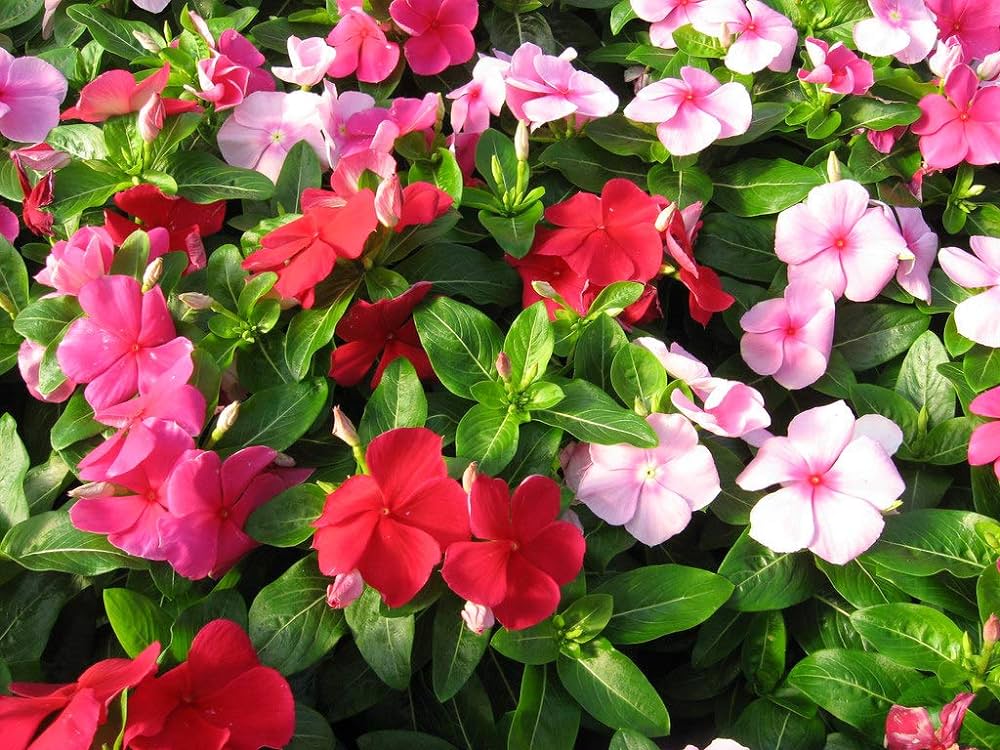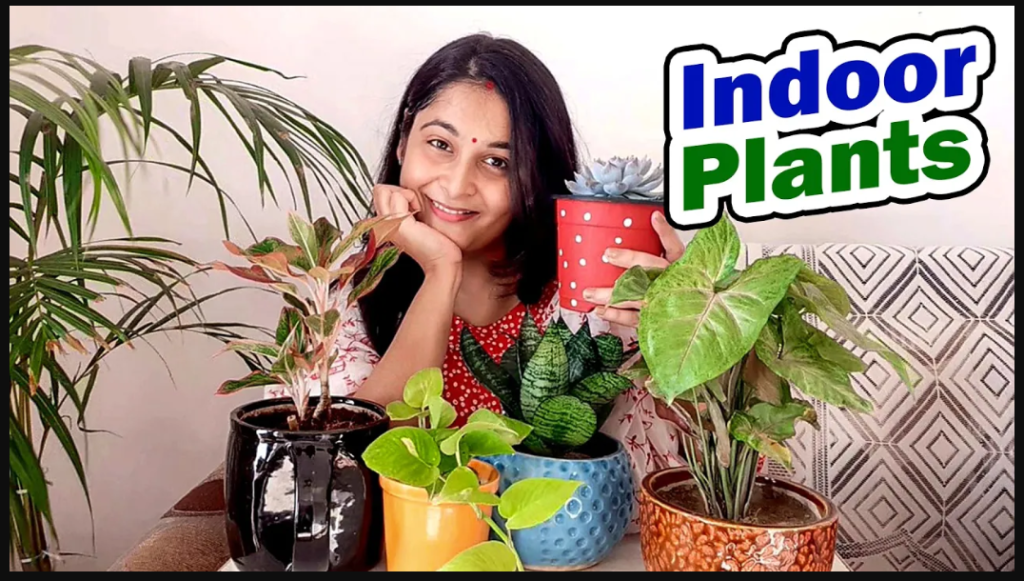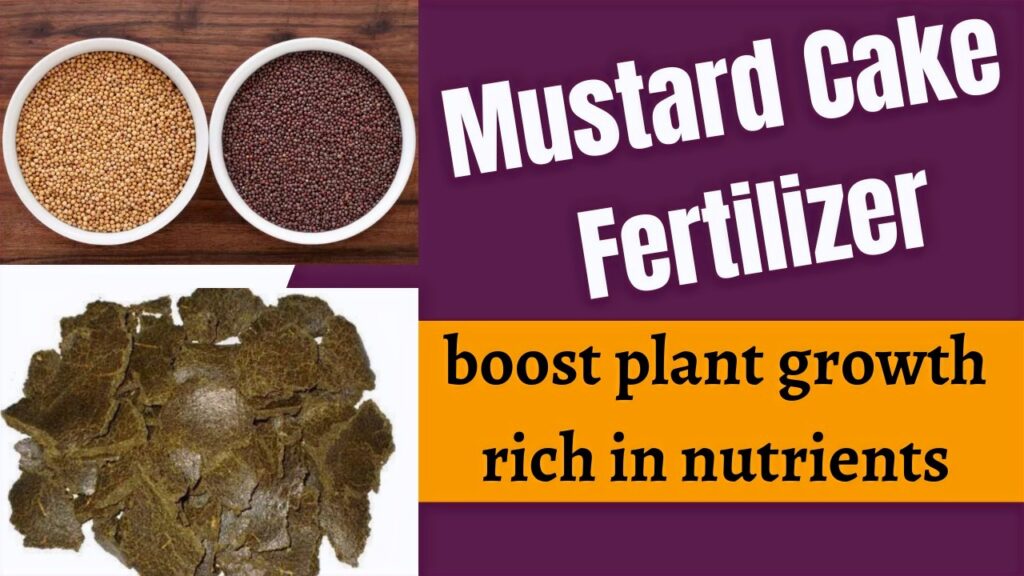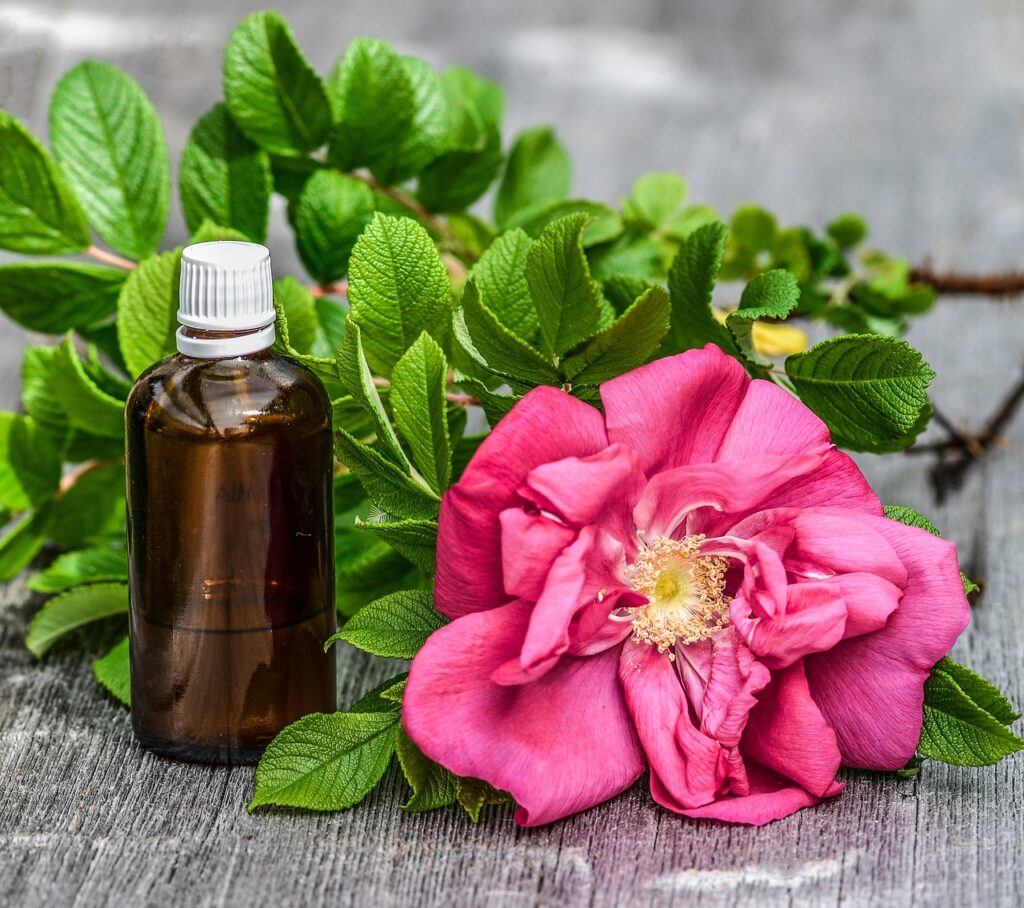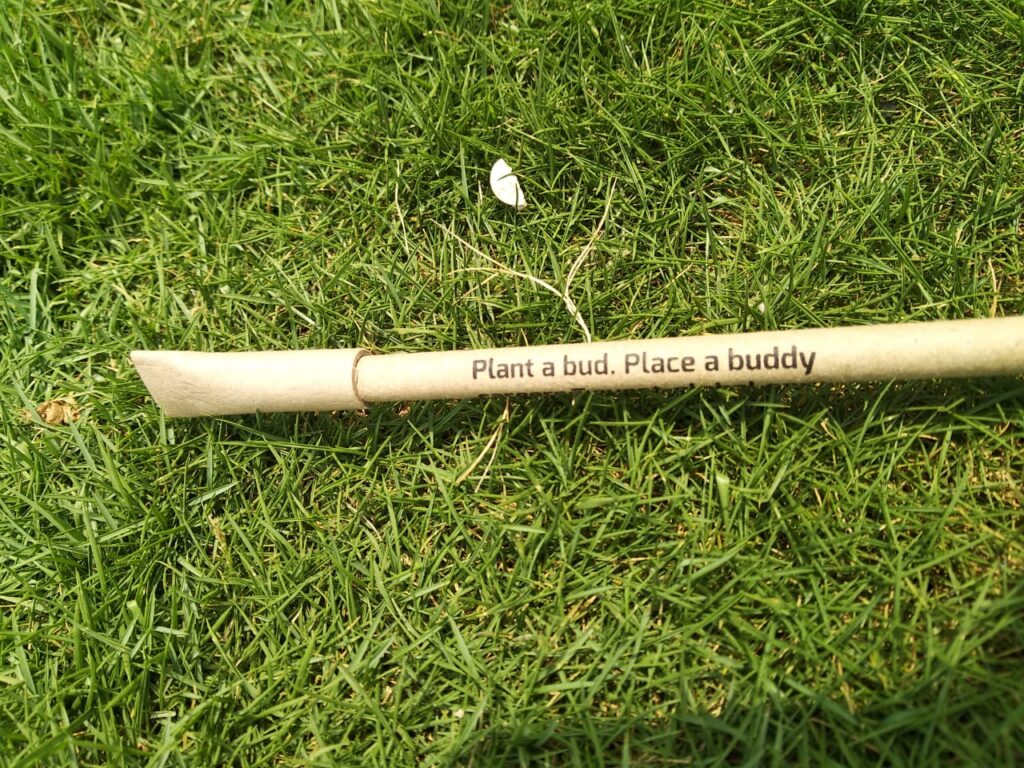11 Tips to Care Hybrid Vinca Plant
Hybrid Vinca, also known as periwinkle, is a stunning plant that comes in various colors and is typically available during the winter season. However, due to its delicate nature, these plants often struggle to thrive once brought home from the nursery, despite diligent care and precautions.

If they manage to survive the initial days, sustaining their well-being beyond one or two weeks becomes a challenge. This unique plant requires distinctive care in various aspects, including the application of pesticides, fertilizers, the best soil, a suitable pot, pruning, meeting specific sunlight and water requirements, and finding the optimal location for its growth.
In this article, we aim to uncover 11 important tips to care for the thriving of hybrid vinca, demystifying the challenges associated with its cultivation.
1. Hybrid Vinca is Fungus Prone

Well! Before understanding its care, let’s analyze its problems first, which it faces after being brought home from the nursery.
Within 4-5 days of acquiring the plant from the nursery, signs of deterioration become evident. In typical gardening fashion, individuals often resort to supplementing the plant with substances like Epsom salt, NPK, Neem oil, or other fertilizers to expedite its growth. However, it is crucial to note that when purchased from the nursery, the plant is already enriched with essential nutrients, as nurseries typically ensure proper fertilization before selling their plants. Furthermore, distinct symptoms manifest when the plant is nutrient-depleted, such as reduced leaf size, lack of flowering, and wilting, but the plant does not necessarily succumb entirely.
The primary challenge lies in the plant’s heightened susceptibility to fungus attack. Hybrid Vinca is very much prone to fungus attacks (usually not a local Vinca).
Fungal attacks can lead to the decay of the plant, presenting a significant hurdle in its overall health and well-being.
2. Repotting of Hybrid Vinca
This plant dislikes being repotted, so it is advisable to refrain from repotting for at least 6-7 months after bringing it home from the nursery.
- Only consider repotting if it becomes absolutely necessary, such as when the roots start protruding, and the current pot is insufficient to accommodate the plant.
When repotting is unavoidable, follow a careful procedure:
- Begin by removing the bottom polythene of the plant and then place it into the new pot.
- Next, gently pull the side polybag upward, ensuring the roots remain undisturbed to prevent unnecessary stress on the plant.
- There may be instances where the plant shows suboptimal growth, and repotting can be considered as a solution, but here keep repotting as the last option. Follow all other treatments first to revive the plant.
3. How to Grow Hybrid Vinca
1. Buy From Nursery:

Hybrid Vinca is available at nurseries from October to November and January to February.
- The most convenient method is to purchase a young plant directly from a nursery, typically priced between Rs 20-30.
2. Grow From Seeds:
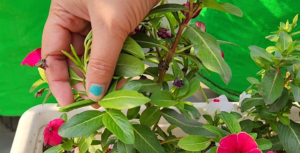
Seeds can be purchased online from various websites. However, growing from seeds is a somewhat tricky process.
- Alternatively, seeds can be collected from mature seed pods produced when the flowers bloom.
- Allow the pods to mature and naturally fall off; collect the black-colored seeds for growing new plants.
3. From Cuttings:
After pruning, remove leaves and flowers from the lower sections of the branches.
- Submerge the pruned branch with its remaining leaves into water, ensuring that 2-3 nodes of the branch are submerged.
- Plants grown from cuttings take at least 1-1.5 months to grow and will be of the hybrid category only.
By following these methods, you can successfully cultivate hybrid vinca while considering factors like seasonality, seed collection, and the preferred method of propagation.
4. Soil Mixture for Hybrid Vinca

Soil for this plant should be porous and soft to hold the delicate roots properly.
- Local Soil- Strain and thoroughly cleanse the soil, ensuring the removal of all debris, insects, and fungus. Expose the soil to sunlight to promote its rejuvenation.
- Compost – Take compost one – third quantity of soil. Prefer vermicompost or cow dung compost here.
- Sand – Add the same quantity of sand as of compost.
- Fungicide – Add fungicide approximately one – third of a spoon in 5 kg of soil.
Mix all these ingredients and the resultant mixture is the perfect soil for Hybrid Vinca.
5. Preferred Pot Size for Hybrid Vinca

